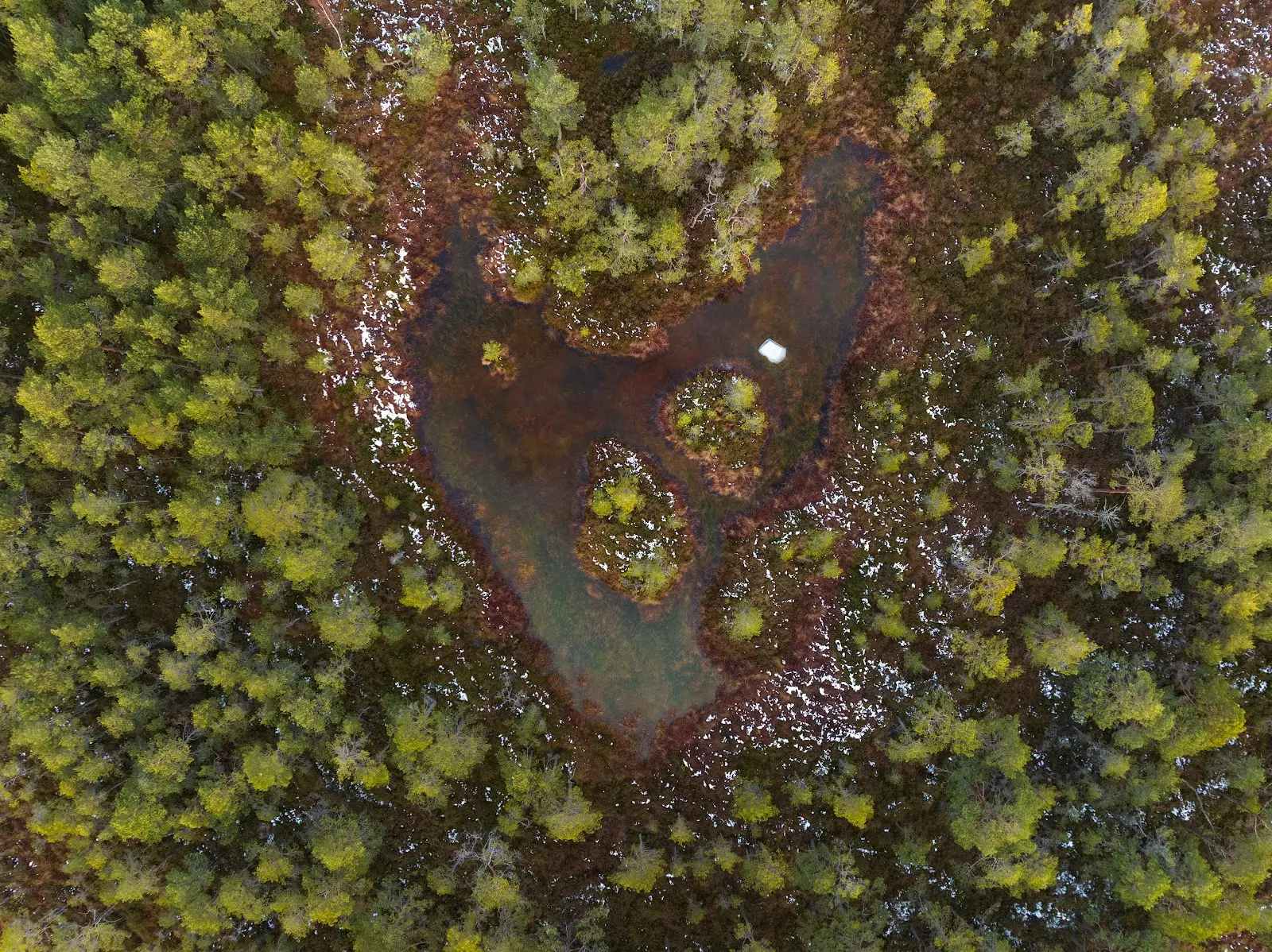If you’ve ever known a Texan — or happen to be one yourself — then you know just how proud Texas is of its sprawling land and scenic vistas. Unfortunately, all this beautiful rural land is under threat. In American Farmland Trust’s 2020 report, Farms Under Threat: The State of the States, they revealed a shocking finding. The United States has lost more than 11 million acres of agricultural land to development over the last 20 years, and the state most under threat is none other than Texas.
According to the Texas Land Trends from the Texas A&M Natural Resources Institute (NRI), between 1997 and 2017, over two million acres of agricultural land was converted to some other use. This is especially ironic once you consider that Texas also tops the list of states with the highest percentage of privately owned land. 95% of the state — approximately 163 million acres — is held by private landowners; that’s more than Montana, Kansas, and California combined. In other words, while Texas may have the most privately held rural land, that also means it has the most to lose if steps aren’t taken to preserve it.
How Can We Protect Rural Land From Development?
Private landowners are uniquely positioned to help preserve rural land all across the country and especially in Texas. Relative to its size, Texas actually dedicates very little land to conservation, but by creating a conservation easement, you can do your part to ensure the land you already love can be enjoyed by future generations.
A conservation easement — also called a conservation agreement or conservation restriction — is a legal agreement made between a property owner and a qualified conservation organization, such as a nonprofit land trust or government agency, in which the owner voluntarily agrees to restrict the type and amount of development that may take place on the property. Think of it like separating mineral or grazing rights from a piece of land. Conservation easements separate development rights from the land and hold them in a trust to ensure permanent protection.
What is a Land Trust?
A land trust is a charitable organization whose mission is land and water conservation. They work with private landowners to conserve open space, wildlife habitat, waterways and agricultural lands. While conservation easements are a key method they employ, land trusts will also purchase land outright or work with state and local entities to advance conservation efforts.
As a Landowner, What Does Enacting a Conservation Easement Look Like?
Every conservation easement will look a little different and be customized to meet the owner’s desires and the needs of the land. A concern of many landowners is that they won’t be able to continue to use their own property as they always have, but that’s simply not true. Unless you wish to restrict certain activities, traditional land uses including agriculture, hunting and recreation are always permitted with a conservation easement.
A landowner also has say-so regarding other limitations. For example, if you want to allow for the construction of additional buildings or homes on the property in the future for family members, you’ll still be allowed to do that under a conservation easement. If you wish to prohibit all future construction on the land, you could do that, too.
The only thing you need to keep in mind is that the easement is permanent, so you should take some time to consider all potential uses for the land that you would allow or prohibit. It’s also wise to acquire legal counsel to help you navigate this process and ensure the agreement is sound.
How Does a Conservation Easement Benefit Landowners?
First, it ensures that the land you love is preserved for your children, grandchildren and so on. Second, there is a financial benefit to enacting an easement. When you place a conservation easement on your property, you’re giving up certain development rights, and those rights have value. Because land trusts are 501(c)3 non-profits, giving them those rights is considered a charitable donation and can be deducted from taxes. Lastly, a conservation easement lowers the value of a property, which can be a beneficial estate planning tool when you want to lower an estate’s overall value.
Immortalize Your Land on Land id®
Whether you live in Texas or one of the other 49 states, Land id® (formerly MapRight) knows how important the land you own is to you and your family. While conservation easements allow you to preserve your land in the real world, our GIS mapping app allows you to digitally preserve it. Add photos, videos, labels and other attributes to your maps, include GIS layers for elements such as floodplains and soils and even incorporate custom spatial data, too. Easily map every unique detail of your property and share it with anyone, anywhere. Sign up for our 7-day free trial and start building beautiful, interactive maps of your property today!
FAQs

Continue Reading





